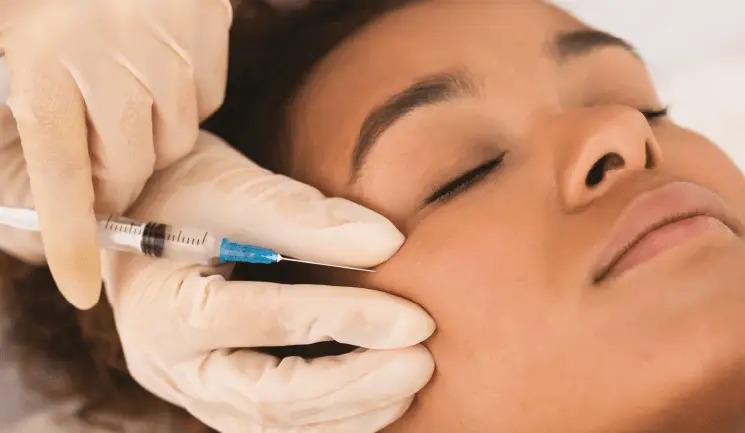Three practitioners discuss their methods for addressing the full-face with dermal fillers and provide tips for consultation, assessment and treatment
To access this post, you must purchase Aesthetics Journal Membership – Annual Elite Membership, Aesthetics Journal Membership – Annual Enhanced Membership or Aesthetics Journal Membership – Basic Membership.
log in
log in






